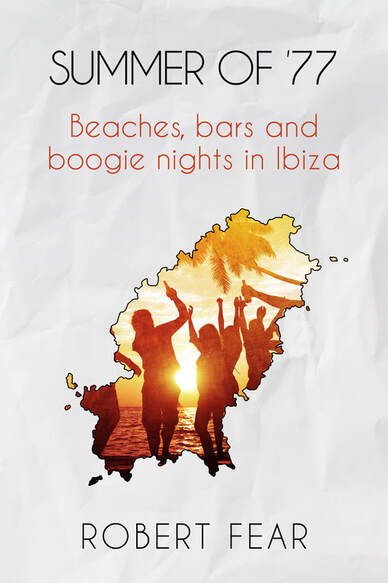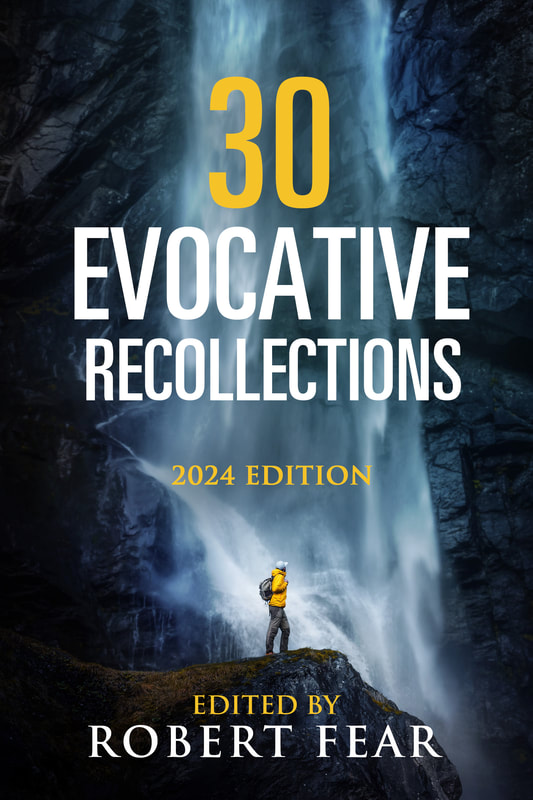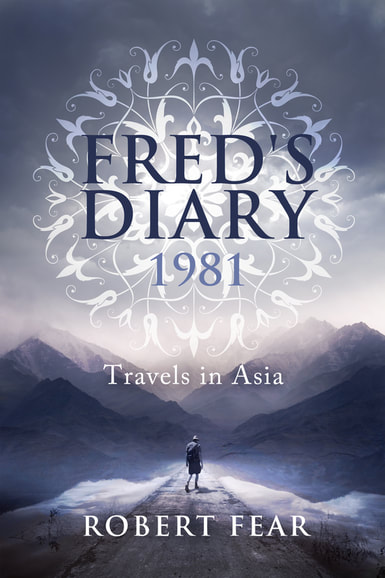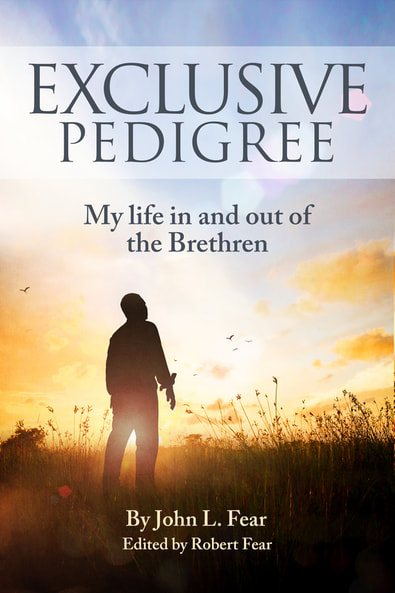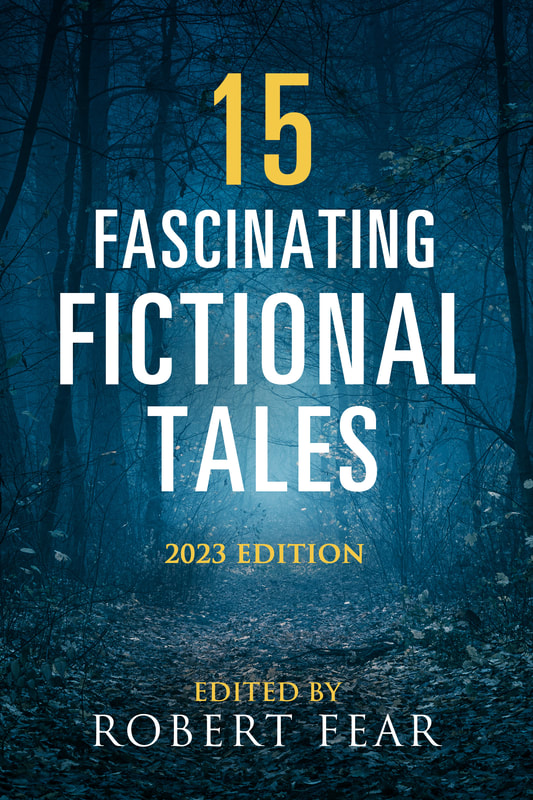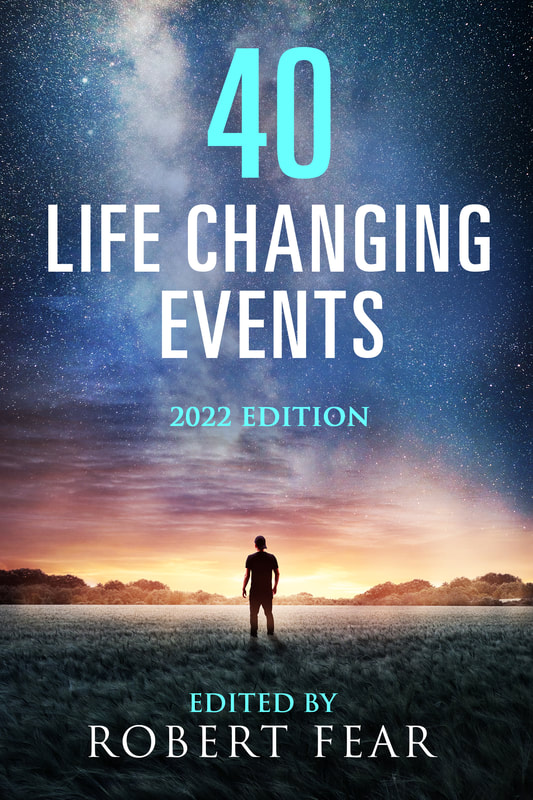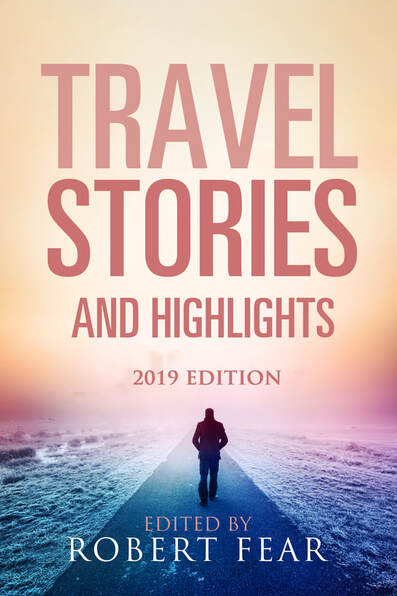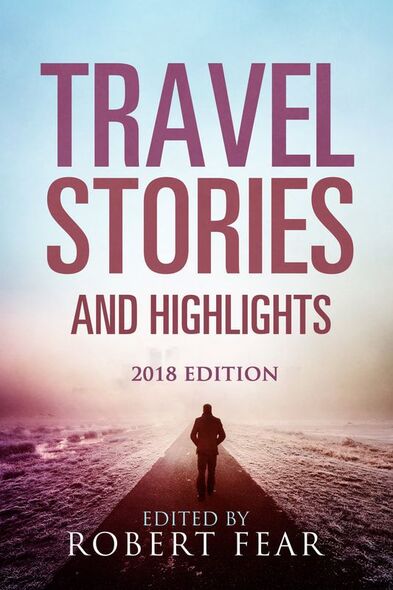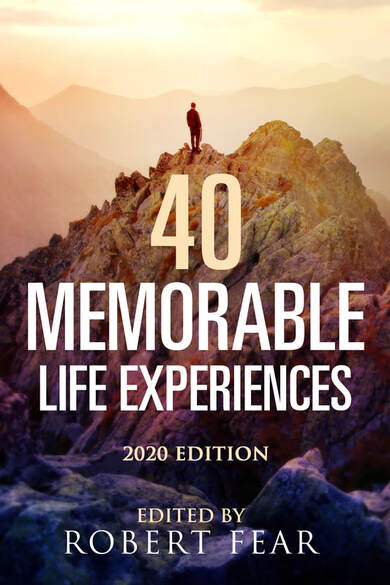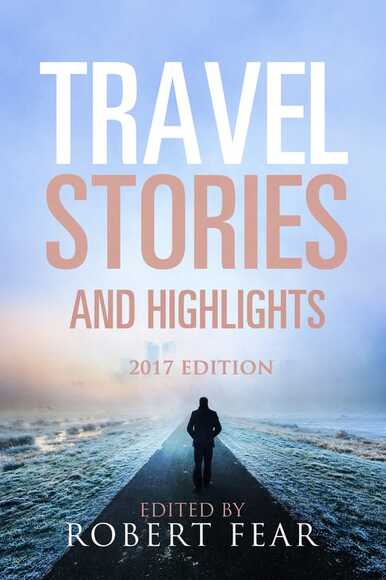Tambo Viejo means The Old Inn in Quechua by Mark Boyter
This is a story about Peru. Or Me. Or friends. Or synchronicity.
It's about something.
You can decide.
It was 2001. February. Or January. Who can remember these things, especially after a few beers? Besides, the month is not important to the story, whether it is about me or a friend or synchronicity or just about being about.
I was in Arequipa, Peru. A UNESCO World Heritage city. Already old when Pizarro’s men arrived in 1540. In the south, on the edge of the Andes. A religious city, but that seems redundant in Peru. Everything feels religious here, everywhere spiritual. Sometimes it’s Catholic. Sometimes it's Incan. Sometimes it’s Moche. Sometimes it's Shamanic. Sometimes it's all.
I had arrived in Peru, to the tiny north coastal town of Las Delicias, on December 3 to visit DS, an American friend from grad school. My birthday. That I remember. Not all dates are fluid. Transitions matter.
I had been working long distance with DS on his thesis; the idea that the stages of acculturation mirror Kübler-Ross’s stages of grief in death and dying, that to take on a new culture meant the death of the old one, and in all death, there is grief. The deeper the acquisition, the more intense the immersion, the deeper the loss: of familiarity, of history, of touchstones. Of self.
I needed to see Las Delicias.
DS was a shaman. A good shaman. A curandero. Not a brujo. He had come to learn from Eduardo Calderón, “El Tuno”, and never left. Eduardo lived on the poor side of town. Eight kilometers from Trujillo, just off the Pan-American Highway. From Las Delicias, all directions were possible.
I stayed almost a month, helping finish the thesis, learning Spanish, taking on new rhythms. In Las Delicias only DS spoke English; Trujillo was not much better. Little was familiar, and slowly but ineluctably, I began to embody DS’s thesis. I made it through all five stages. Again, and again. There is no end. The line isn’t linear but spiral.
While Eduardo’s curanderism was traditional, DS brought the West, and over many beers he talked about Jungian psychology and how it resonated and informed his pathway. Synchronicity and the architypes especially, but in synchronicity there seemed something I could grasp. I can thank Sting for that. I wanted to understand. To know. I brought two books with me: Jung’s Synchronicity, and Synchronicity: Science, Myth, and the Trickster by Combs and Holland.
On January 1, I left to head south. That date too I remember. Transitions.
In Arequipa I wanted to see Santa Catalina Convent, a walled 16th C Dominican enclave that had been closed to the outside world for 400 years, and across the Rio Chili, La Recoleta, a 17th C Franciscan monastery. La Recoleta was famous for its collection of manuscripts, but I was mostly curious to compare monks to nuns. The library was a bonus.
In the morning on my way to Santa Catalina, I passed the Don Quixote café. Not an unusual name for a Spanish café and I didn't stop, but I found myself singing the Nik Kershaw song “Don Quixote” for the rest of the day. Nik had been my soundtrack to Europe in 1984. It was nice to have him back, to remember.
Hidden behind high white-washed walls, Santa Catalina’s inner alleys and rooms and cloisters were painted in the most rich and vibrant blues and pinks and ochres, and my short visit turned to long hours. It was not until past mid-day that I made it across the river to La Recoleta. It was, by contrast, spartan and white and cold. The library was up a thick wooden staircase. The rarest manuscripts were in a long glass bookcase running the middle of the book room. In the center, a monk told us, was a 1647 first South American edition of Cervantes’ Don Quixote.
In February, or perhaps January, in southern Peru it grows dark early, and at altitude, biting. I made my way back to my inn, wrote for a while, and then took out the Combs’ book and started to read. Again. I’d started Combs a few times in Las Delicias, but found it unengaging each time before putting it aside.
I had, years earlier, a similar experience with another book, Chaos. I’d read chapter one, get half way through chapter two, lose the rhythm, force the text, understand nothing, give up, and put it aside, only repeat and repeat ad God love me nauseum.
One day I decided to just open Chaos random and read. Chaos in action, as it were. Perhaps the logical flow that I thought the book demanded was all in my imagination. Perhaps chaos was as much a suggestion as a title.
And it worked.
The book still bored me, but that’s not the point. At least I don’t think that’s the point.
I decided to try the same with Synchronicity. So in that cold, dark, Arequipan room, I opened a page somewhere in the middle and started to read.
The passage was about two middle-aged twin sisters who were cleaning out their father’s library after his death. The library was large, with ladders on rails to reach the highest books. At one point, one sister picked up a book on one side of the library only to discover that her sister, on the other side of the library at that same moment, in total unawareness, had picked up a second copy of that same book. Cervantes’ Don Quixote.
And I closed the book, turned off the light, and went downstairs for dinner and a beer.
When I got home to Vancouver, I related the story to a friend. He had once lived in Spain.
“Why,” he asked, “did you sing the Nik Kershaw song, and not the Gordon Lightfoot song “Don Quixote”?
I stayed friends with him for many years after that.
I don’t know why.
We all, I suppose, need friends. Any friend.
